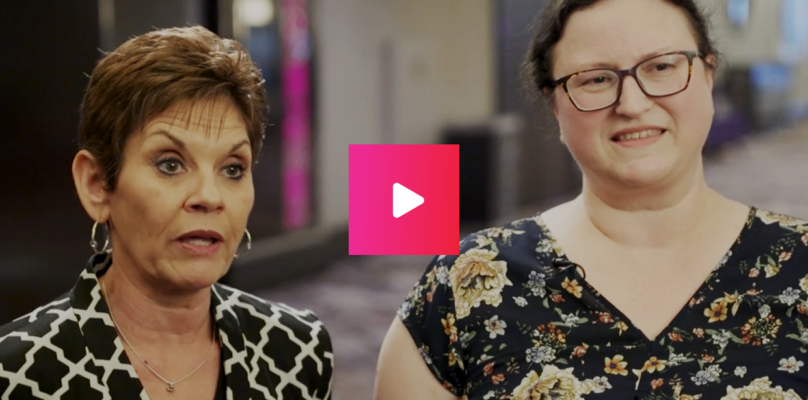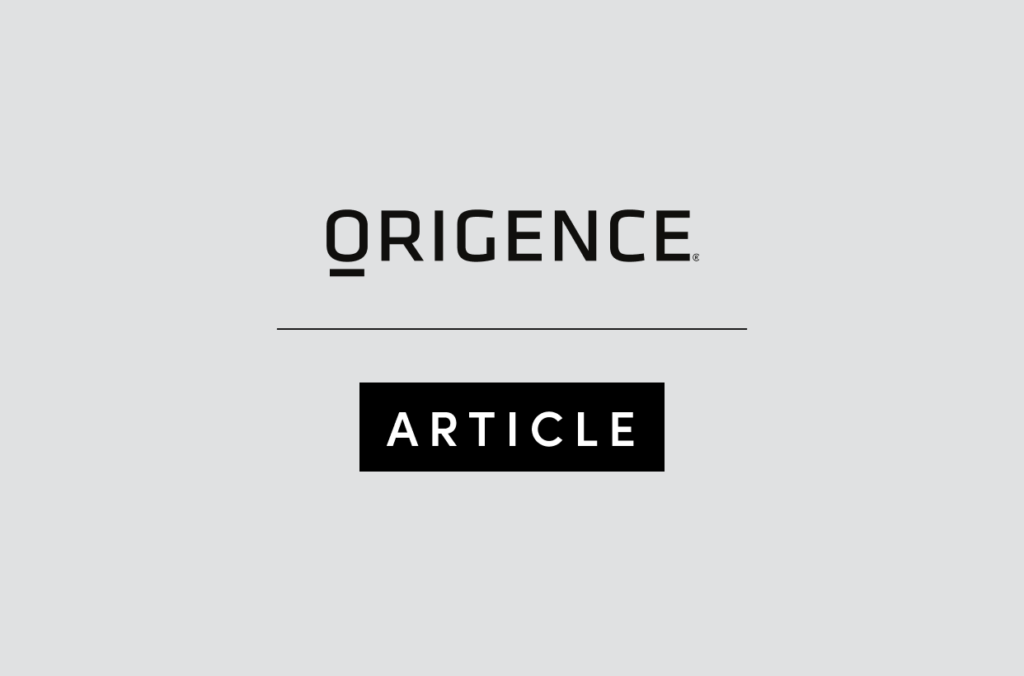Economic fallout from the COVID-19 pandemic has reached an almost historic level. But, if the Coronavirus continues to show signs of leveling off — if not weakening – ahead of early predictions, and numerous states are able to reopen their economies in May without significant flareups, then we could see the economy awaken.
Elliot Eisenberg, renowned economist who has informed and entertained attendees at numerous Origence annual conferences, said several factors will combine to limit the economic fallout. During an Origence webinar earlier this month, he pointed to the precipitous drop in production and spending as 43 of 50 states instituted stay-at-home orders and shut down millions of businesses, noting the speed of the fall should be seen as a positive in the big picture. Twelve years ago, he said, it took a “long time for the economy to find the bottom,” which in turn led to a “very lengthy” recession – 18 months.
In sharp contrast, consumer spending, manufacturing, consumer sentiment, auto sales, hotel occupancy, movie theater tickets and many other indicators plunged off the cliff starting on or around March 15, when state governors began instituting stay-at-home orders.
“The recession is far from over, but things are starting to turn around,” Eisenberg assessed. “You can’t fall that fast for that long. The steepness of the decline means the recovery will be quicker. This recession will be the shortest recession in the history of the United States – at most 5 months, possibly closer to 4 months. I anticipate that we’ll see the end of the recession as early as June, and that will be the first month of the recovery.”
The previous shortest recession was 6 months in 1980, Eisenberg added.
Tony Boutelle, president and CEO of Origence, noted the that the company’s CUDL indirect lending platform saw a 55% decline in auto lending the first week of April vs. the same timeframe in 2019. Each subsequent week of April, however, saw an increase in loan originations. Eisenberg said the same trend is visible in many sectors of the economy, as people get over the initial shock of the shutdown.
Unemployment numbers will be ugly
Eisenberg said the recovery also will be assisted by the strength of the economy prior to the Coronavirus wreaking havoc. Consumer spending was strong in January and February, and measures of both consumer and business sentiment were strong. After the crater, estimates for Gross Domestic Product growth for Q2 range from -9% to -40%. Eisenberg said he believes the final GDP figure for the second quarter will be -30% and then, “The impact of COVID-19 should reverse in the second half of 2020. We could get to 6% growth in the third quarter, followed by 7% growth or even 8% growth in the fourth quarter.”
That is not to say everything will be fixed and back to normal by December. The decade-long economic expansion had led to labor markets that were “extremely tight” prior to the virus. Eisenberg said the unemployment rate probably will end up hitting 20%, perhaps even 22%, which would be second only to the dubious record of 25% set during the Great Depression in the 1930s.
“We lost a lot of jobs in the last six weeks,” he said. “The good news is, in terms of weekly unemployment claims, the trend is improving” as fewer people are filing new claims. However, he added, it could take 3 or possibly 4 years for the level of employment seen in 2019 and into 2020 to come back.
Increase those loan provisions
The five biggest banks recently announced they are increasing their provisions for loan losses by a factor of 5X – from $5 billion to $25 billion, led by $8 billion at JP Morgan. In addition, American Express has set aside $2.6 billion for loan losses.
“Credit unions should get money into loan loss provisions,” Eisenberg advised, while repeating his previous call for credit unions to beware of what he termed “dangerously long durations” on auto loans. He said 33% of auto loans now exceed 72 months, versus only 10% a decade ago as lenders attempt to make monthly payments affordable.
Rental car companies are sitting on huge inventories of vehicles that are not being driven, but nonetheless are depreciating – which Eisenberg said means used car values are going to “drop sharply” in the coming months.
U.S. light vehicle sales “collapsed” in March, falling by more than half, to an annual pace of just 11.3 million. Eisenberg said he expects auto sales will continue to decline in April and maybe May, although he noted sales bottomed out in early April and have rebounded some since.
Auto loan delinquencies have been creeping up since Q1 2018. The inevitable defaults on many loans, plus the looming rental car company stock, will be a concern for credit unions and other lenders looking to get some value at auction on repossessions.
Oil prices are dropping, which hurts oil states but is helping consumers by dropping the price of gasoline. Other economic indicators Eisenberg is watching include rail traffic and factory utilization rates, both of which are down sharply. The U.S. dollar is “very strong” – and is approaching its highest level in years and that is hurting exports.
“Bank net interest margins are being squeezed due to falling rates, and now rates are at zero,” so it is difficult to maintain spreads, he noted.
‘Staggering’ amount of government intervention
Eisenberg said one of the reasons he is more optimistic about the recovery on May 1, compared to April 1, is the “staggering” amount of government intervention. He said the CARES Package will largely protect the economy, but only in the short run, pointing out $2.2 trillion is 10% of the country’s GDP.
“The second stimulus to the Paycheck Protection Program (PPP) will help small businesses,” he said, adding the budget deficit is exploding – reaching levels not seen since the U.S. was in the middle of fighting World War II. “This fiscal policy response to the crisis has been appropriate, and Congress needs to come through with one more stimulus bill. Congress, the Treasury Department and the Central Bank are all doing all they can.”
Inflation is “missing in action,” Eisenberg said during the webcast, which will allow the Federal Reserve Board to refrain from raising interest rates for the foreseeable future – the middle of next year at the earliest. He expects the Fed Funds rate might go up slightly in 2021, followed by at most another small increase in 2022.
“There are numerous Federal Reserve lending programs. The Fed is doing everything it can to make money available.”
Looking ahead
How fast things get better is “debatable,” Eisenberg acknowledged, saying much depends on how long people wait to go back to a restaurant, a bar, a movie theater or air travel, or even have elective surgeries.
“Sears and other businesses that were teetering prior to the recession are going to be gone,” he said. “But if a business had a good model before, it will come back. Many will have to adapt to new procedures. Most businesses will rebound, and new ones will take their place. I was less optimistic a month ago. The government response has been quick and big, which gives me a lot of confidence in a faster recovery. The Central Bank will not let funding collapse like in 2008-2009.”
Boutelle said credit unions should not necessarily try to compete with captives offering auto loans at 0% financing for 84 months. “Only a small percentage of people qualify for those offers, so just let it go,” he counseled. “Price your loans at a point where you can make money. We are seeing increasing activity, so I am optimistic about credit unions’ ability to compete.”




